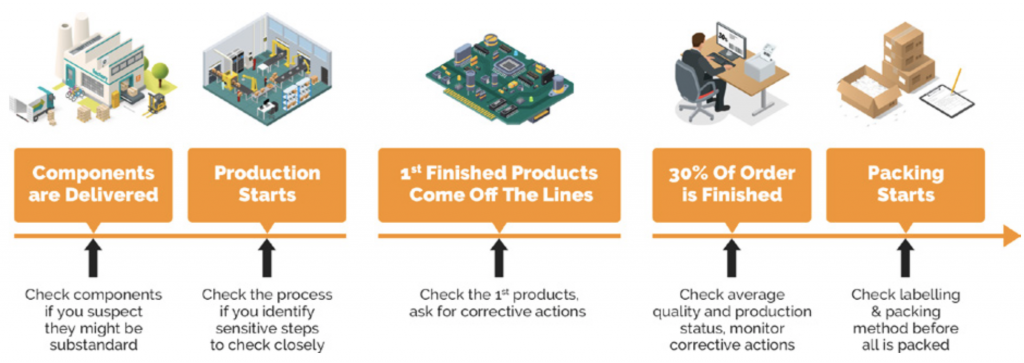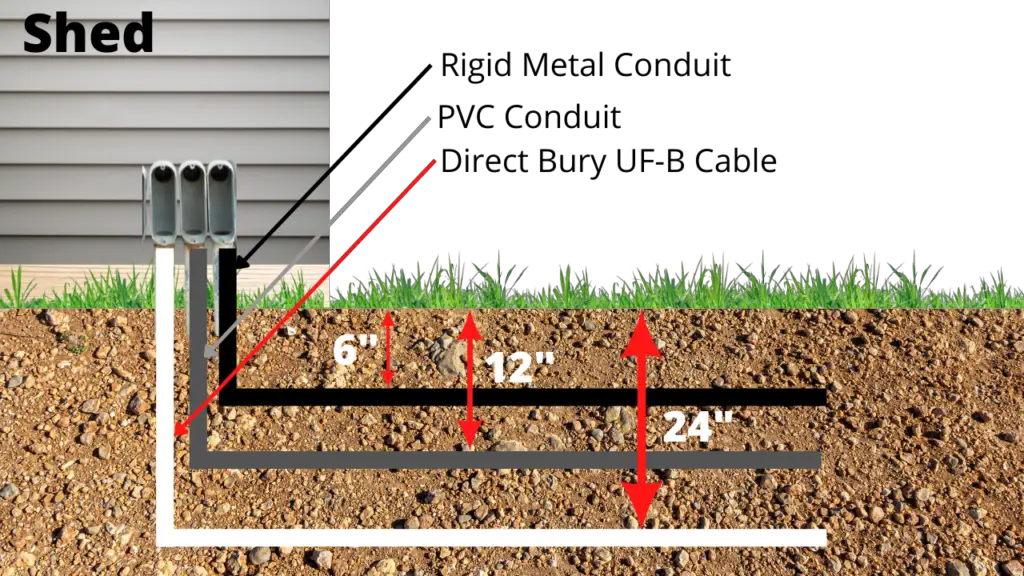So, you’re curious about the different types of inspections, huh? Well, you’re in the right place! In this article, we’ll be uncovering the three main types of inspections that play a crucial role in various industries. Whether you’re a homeowner, a business owner, or just someone interested in learning more, get ready to explore the world of inspections and discover how they can benefit you. When it comes to inspections, there are numerous areas where they play a crucial role, ensuring safety, quality, and compliance in various sectors. In this comprehensive article, we will explore the ten main categories of inspections and delve into their subcategories to give you a thorough understanding of each.
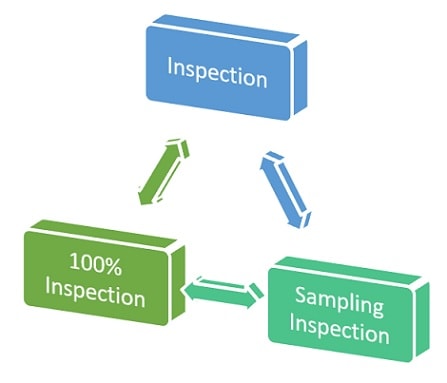

1. Physical Inspections
a. Building Inspections
Building inspections are fundamental to ensuring the structural integrity and safety of buildings. Whether it’s a residential property or a commercial establishment, these inspections identify any potential hazards, defects, or code violations. They encompass a detailed examination of the foundation, walls, roofing, electrical systems, plumbing, and much more.
b. Vehicle Inspections
In the realm of transportation, vehicle inspections are vital for ensuring road safety and compliance with regulations. These inspections evaluate the condition of vehicles, including brakes, tires, headlights, signals, and emissions. By conducting thorough inspections, potential risks can be mitigated, preventing accidents and promoting overall safety.
c. Manufacturing Inspections
Manufacturing inspections are crucial to maintaining product quality, safety, and consistency. These inspections involve assessing the manufacturing processes from start to finish, ensuring compliance with industry standards and regulations. Quality control checks are conducted to verify product specifications, durability, and functionality, guaranteeing that customers receive products of the highest quality.
2. Environmental Inspections
a. Air Quality Inspections
Air quality inspections monitor and evaluate the quality of the air we breathe. These inspections aim to identify and quantify pollutants, such as particulate matter, volatile organic compounds (VOCs), and harmful gases. By assessing air quality, measures can be taken to mitigate pollution and protect public health and the environment.
b. Water Quality Inspections
Water quality inspections play a critical role in safeguarding public health and maintaining the integrity of water sources. These inspections assess the chemical, physical, and biological characteristics of water, including its clarity, pH levels, presence of contaminants, and overall safety for drinking, recreational activities, and aquatic ecosystems.
c. Soil Quality Inspections
Soil quality inspections are essential for understanding the health and fertility of soil, ensuring sustainable agricultural practices, and protecting the environment. These inspections evaluate various aspects, such as soil composition, nutrient levels, pH balance, and the presence of contaminants. By assessing soil quality, appropriate measures can be taken to maintain its fertility and promote responsible land use.
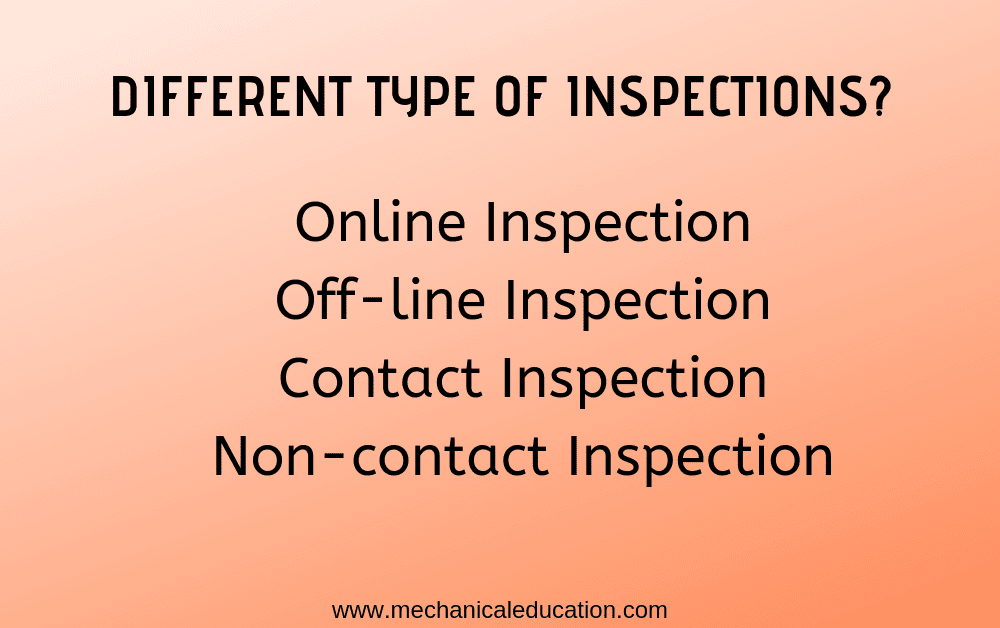

3. Safety Inspections
a. Workplace Safety Inspections
Workplace safety inspections aim to create a safe and healthy working environment for employees. These inspections identify potential hazards, assess compliance with safety regulations, and recommend corrective actions. By conducting regular inspections, employers can mitigate risks, prevent accidents, and promote a culture of safety within the workplace.
b. Fire Safety Inspections
Fire safety inspections are crucial for preventing and minimizing the risk of fire-related incidents. These inspections evaluate fire detection systems, emergency exits, fire suppression equipment, and overall compliance with fire safety codes. By identifying potential fire hazards and ensuring adequate safety measures, the risk to life and property can be significantly reduced.
c. Food Safety Inspections
Food safety inspections are paramount in maintaining the quality and safety of food consumed by the public. These inspections evaluate food handling, storage, preparation, and hygiene practices. By enforcing strict regulations and conducting regular inspections, the risk of foodborne illnesses can be minimized, safeguarding public health.
4. Health Inspections
a. Medical Facility Inspections
Medical facility inspections focus on verifying compliance with healthcare regulations, ensuring patient safety, and maintaining quality care. These inspections assess various aspects, including facility cleanliness, infection control protocols, equipment maintenance, and adherence to privacy regulations. By conducting thorough inspections, the quality and safety of healthcare services can be upheld.
b. Restaurant Inspections
Restaurant inspections are essential to guaranteeing food safety and maintaining high hygiene standards. These inspections assess food handling practices, proper storage and refrigeration, cleanliness, and compliance with food safety regulations. By addressing any potential hazards or violations, these inspections promote safe dining experiences for the public.
c. Pharmaceutical Inspections
Pharmaceutical inspections ensure the safety, quality, and efficacy of medications and healthcare products. These inspections cover various aspects, such as manufacturing processes, storage conditions, labeling accuracy, and adherence to good manufacturing practices. By conducting rigorous inspections, the integrity of pharmaceutical products can be assured, protecting public health.
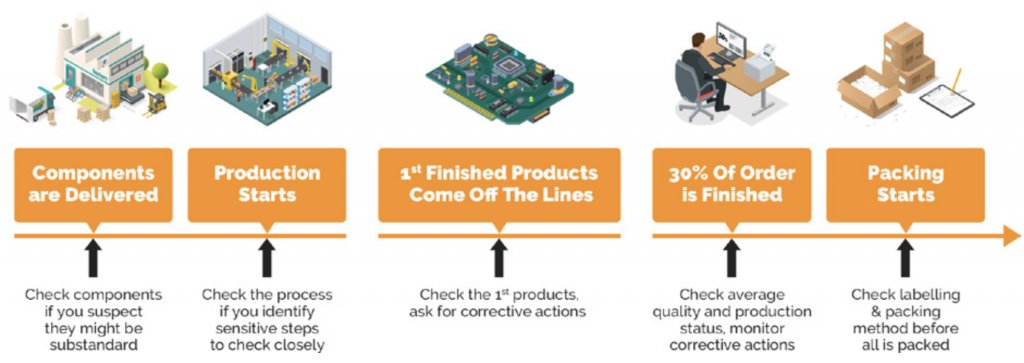

5. Home Inspections
a. Pre-Purchase Home Inspections
Pre-purchase home inspections are crucial for potential homebuyers to evaluate the condition of a property before making a purchase. These inspections assess the structural integrity, electrical systems, plumbing, roofing, and overall condition of the property. By providing a detailed report, homebuyers can make informed decisions and negotiate repairs or price adjustments if necessary.
b. Pre-Sale Home Inspections
Pre-sale home inspections are beneficial for homeowners preparing to sell their property. These inspections identify any existing issues that need to be addressed to ensure a smoother selling process. By proactively addressing potential concerns, sellers can increase buyer confidence and potentially expedite the sale of their property.
c. Pre-Rental Home Inspections
Pre-rental home inspections are essential for landlords to assess the condition of a property before renting it out. By conducting inspections, landlords can evaluate the property’s suitability for habitation, identify necessary repairs or maintenance, and establish a baseline for the property’s condition to resolve potential disputes during the lease period.
6. Electrical Inspections
a. Wiring Inspections
Wiring inspections focus on evaluating the safety and compliance of electrical wiring systems in buildings. These inspections assess the wiring’s integrity, proper grounding, insulation, and adherence to electrical codes. By identifying potential hazards or shortcomings, electrical inspections help mitigate the risk of electrical fires or accidents.
b. Electrical Equipment Inspections
Electrical equipment inspections ensure the safety and functionality of electrical appliances and devices. These inspections verify compliance with safety standards, proper installation, and regular maintenance of equipment. By conducting inspections, potential risks associated with faulty or malfunctioning electrical equipment can be minimized.
c. Electrical Code Compliance Inspections
Electrical code compliance inspections serve to ensure that all electrical systems and installations meet the required standards and regulations. These inspections assess the adherence to specific electrical codes and guidelines governing wiring, grounding, circuit protection, and overall safety measures. By enforcing compliance, electrical code inspections help prevent electrical hazards and ensure public safety.


7. Plumbing Inspections
a. Drainage System Inspections
Drainage system inspections are crucial for maintaining proper wastewater management and preventing potential issues such as clogging, leaks, or backups. These inspections assess the condition of drains, pipes, septic tanks, and other components of the drainage system. By identifying potential problems, appropriate repairs or maintenance can be conducted to ensure proper functionality.
b. Water Supply System Inspections
Water supply system inspections focus on evaluating the safety, efficiency, and compliance of the water distribution infrastructure. These inspections assess the condition of pipes, water storage tanks, valves, and water quality monitoring systems. By conducting regular inspections, potential leaks, contamination risks, or inefficiencies can be detected and promptly addressed.
c. Gas Supply System Inspections
Gas supply system inspections are vital for ensuring the safe and proper functioning of gas distribution systems. These inspections evaluate gas pipelines, meters, connections, and safety mechanisms. By detecting potential leaks, damage, or faulty components, gas supply system inspections help prevent gas-related accidents, protecting lives and properties.
8. Structural Inspections
a. Foundation Inspections
Foundation inspections are critical for evaluating the stability and structural integrity of buildings. These inspections assess the foundation for cracks, settling, or other signs of damage that can affect the overall stability of the structure. By detecting any foundation issues, appropriate repairs or preventative measures can be taken to ensure the safety of the building.
b. Roof Inspections
Roof inspections play a significant role in maintaining the integrity of a building and protecting it from water damage. These inspections assess the roof for leaks, damaged shingles or tiles, weakened structures, or other potential issues. By identifying and addressing any roof problems, further damage to the building’s interior or structural components can be prevented.
c. Wall Inspections
Wall inspections focus on assessing the condition, stability, and insulation of a building’s walls. These inspections detect cracks, water infiltration, mold growth, or other issues that can compromise the building’s structural integrity or energy efficiency. By conducting regular wall inspections, necessary repairs or maintenance can be carried out to ensure the long-term durability and performance of the building.


9. Pest Inspections
a. Termite Inspections
Termite inspections are essential for identifying and preventing potential damage caused by these destructive pests. These inspections assess the presence of termites, signs of infestation, and potential vulnerabilities in the structure. By detecting termite activity early on, appropriate measures can be taken to eradicate the infestation and prevent further damage.
b. Rodent Inspections
Rodent inspections play a crucial role in preventing health risks and property damage caused by rodents. These inspections assess the presence of rodents, potential entry points, and signs of infestation. By implementing effective pest control measures based on accurate inspections, the risk of disease transmission and property damage can be minimized.
c. Insect Inspections
Insect inspections focus on identifying and addressing various insect infestations, such as ants, cockroaches, or bedbugs. These inspections assess the extent of infestation, potential entry points, and necessary measures for eradication. By conducting thorough inspections and implementing targeted pest control strategies, the impact of insect infestations can be minimized.
10. Quality Inspections
a. Product Quality Inspections
Product quality inspections are essential for maintaining high-quality standards and customer satisfaction. These inspections assess the quality, functionality, and compliance of products with specifications and industry standards. By conducting inspections throughout the production process, defective products can be prevented from reaching consumers, preserving brand reputation and consumer trust.
b. Service Quality Inspections
Service quality inspections focus on evaluating the quality and consistency of services provided by various businesses. These inspections assess factors such as customer interactions, adherence to service standards, response time, and overall customer satisfaction. By conducting regular service quality inspections, businesses can identify areas for improvement and deliver exceptional customer experiences.
c. Process Quality Inspections
Process quality inspections aim to ensure the effectiveness and efficiency of various operational processes in different industries. These inspections evaluate process documentation, adherence to standard operating procedures, equipment functionality, and overall process control. By conducting comprehensive inspections, businesses can identify bottlenecks, inefficiencies, or opportunities for improvement to enhance overall productivity and quality.
In conclusion, inspections play a crucial role in ensuring safety, quality, and compliance across various sectors. From physical inspections that evaluate the structural integrity of buildings to environmental inspections that safeguard air, water, and soil quality, inspections are the backbone of maintaining safety and integrity in our everyday lives. Whether it’s ensuring workplace safety, food hygiene, or pharmaceutical standards, inspections provide a systematic approach to address potential risks, prevent accidents, and protect public health. Additionally, inspections also help buyers, sellers, and renters make informed decisions regarding properties, guaranteeing structural soundness and reducing potential disputes. With their diverse applications and their contribution to safety and quality, inspections are an indispensable tool in numerous industries.

